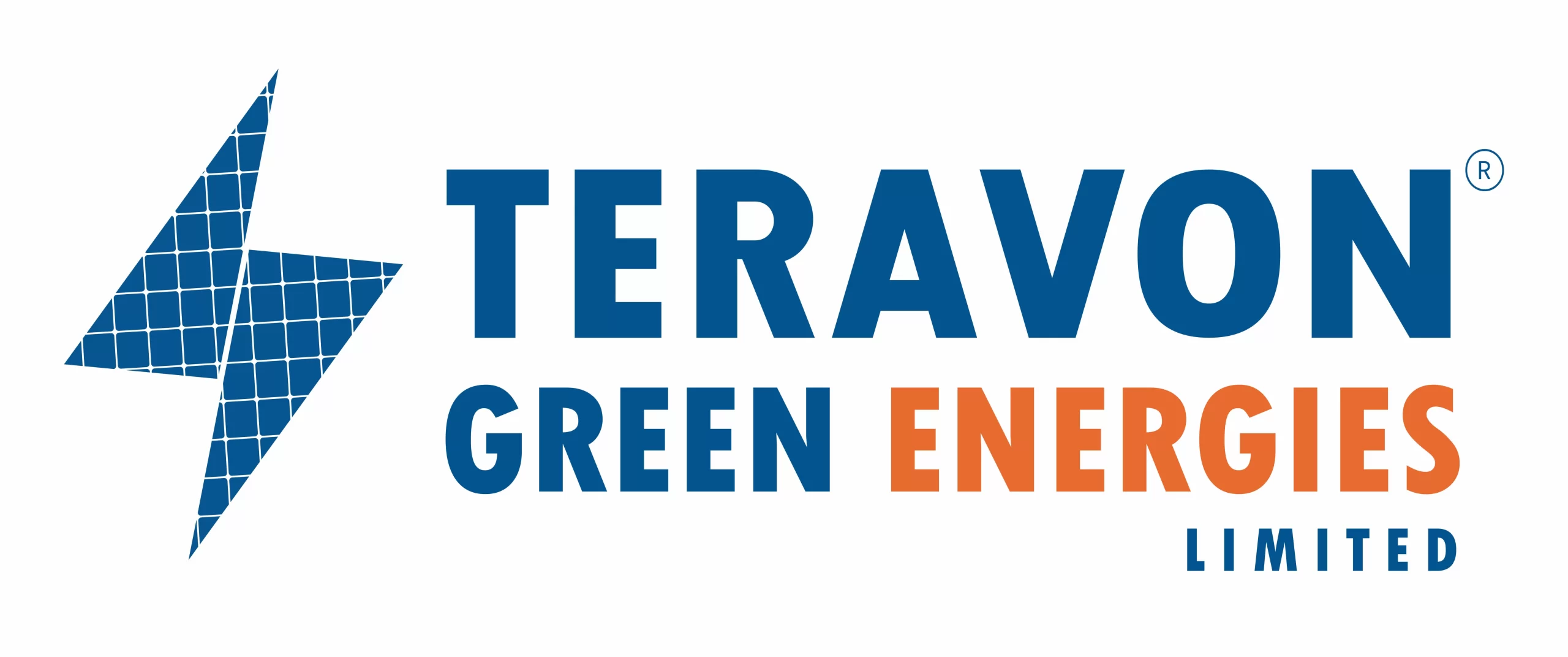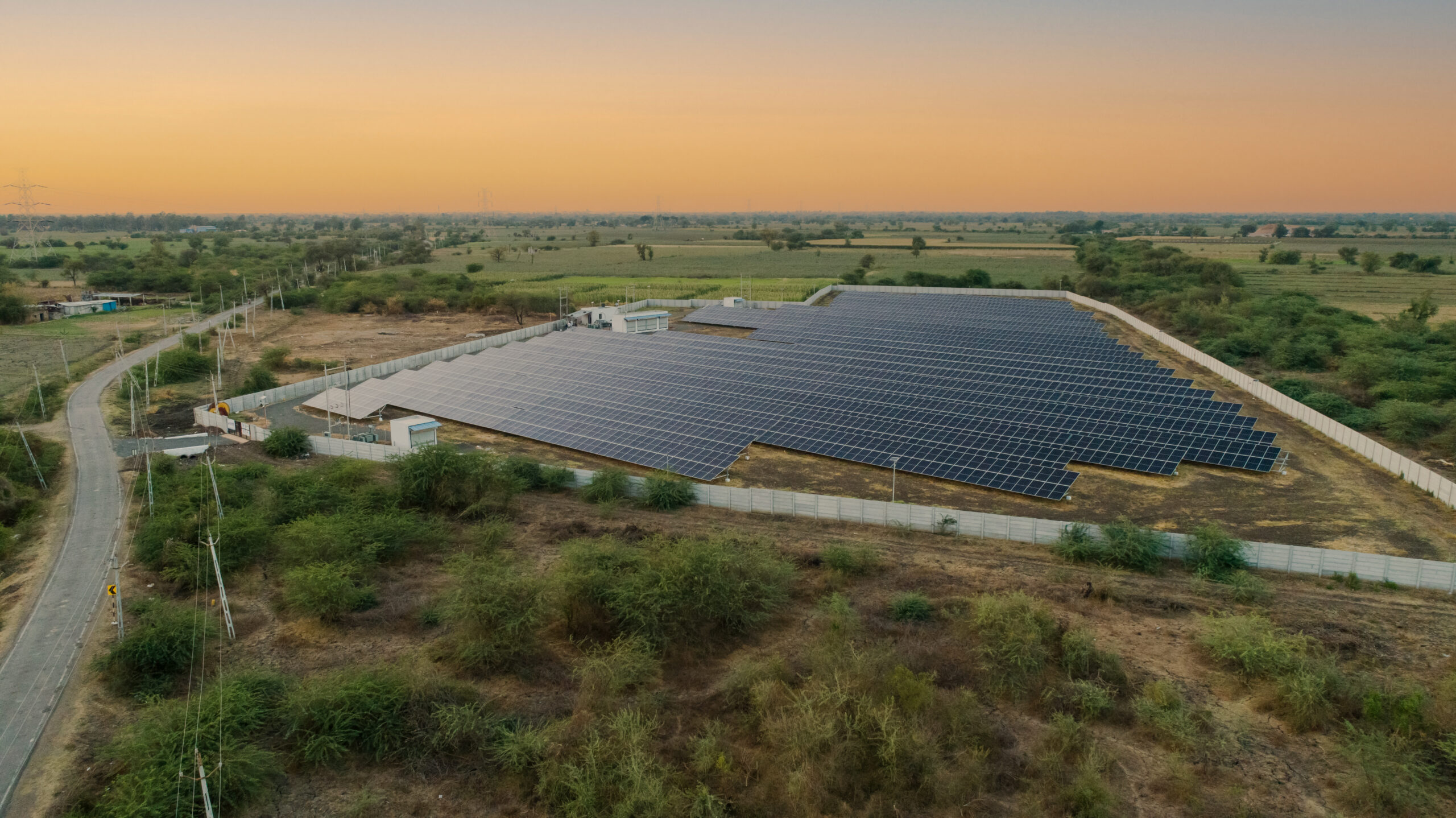The good part is that solar energy has turned into a great form of producing power for households, companies, and industrial sectors. Climate change is higher on the agenda and it worries more people. Solar energy is chosen because CO2 emissions are to be reduced, and solar & wind make this possible. There is a wide range of solar panels available in the market, and for those who want to make the shift to solar, it is worth it to know the latest variations and technologies before going in for the purchase.
1. Monocrystalline Solar Panels
One crystal of pure silicon forms this Solar Panel Type which is then fused using continuous cooling. Their appearance black and glossy. They are good at converting roughly 15-20% of sunlight into electricity. This makes them ideal for smaller spaces. So If you have a small roof then these would be good for you.
2. Polycrystalline Solar Panels
These solar panel types are polycrystalline panels that are created by many crystals of Si metal, which melted together so they have a blue or `spicy` hello. The average efficiency: 13-16% Typically, they occupy more area to provide the same power output resulting in them being a very good alternative for large roofing systems or even bigger varsolar areas. They are the good news ones that mean a cheaper price point because they are easier/cheaper to make.
3. Thin Film Solar Panels Thin-film panels are considerably different from the crystalline ones referenced earlier. Generally constructed by depositing special materials on a surface, glass or metal in particular. The panels are flexible, lightweight, and can be of different shapes or sizes for various applications. Thin-film panels yield power generation at around 10-12% and tend to be larger for the same amount of crystalline panel.
They are used more efficiently on the other side of low light and high temperatures than crystalline panels, which could help in some places.
4. Bifacial Solar Panels
Bifacial solar panels are named bi which means two or double because they can capture sunlight both from the front as well as back sides. This allows them to generate more electricity by absorbing all the forms of light that have bounced off a surface, including rooftops or parking lots operating during winter months when snow covers your solar panels. Usually composed of monocrystalline or polycrystalline cells, they can graduate as high as 30% efficiency. For this reason, they are primarily used in commercial systems or solar farms where maximizing energy production is critical.
5. PERC Panels
In a nutshell, the PERC panels are just higher-end reincarnations of our basic monocrystalline or polycrystalline solar panel type. There is another layer on the backside of cells that will reflect and bring light into the cell again. It helps in reflection, which decreases the cells’ absorption of heat and loss of energy. This tech could bump efficiency up by about 1 percent. While that does not sound like much, it is capable of positively impacting the performance of a solar array with time. 6. Concentrated Photovoltaic Panels
CPV panels are a bit of an anomaly and not as prevalent. They concentrate solar light utilizing lenses or mirrors to very small but highly effective photovoltaic cells. While they can be over 40% efficient, because they require direct sunlight (and ideally light directly from the sun), tracking systems follow the position of the sun to provide energy. Historically, CPV panels have mostly been installed on absolutely enormous solar farms with plenty of access to direct sunlight. For this reason, the technology is not appropriate for residential rooftops.
Conclusion:
Wondering which solar panel types are suitable for you? The type that is right for you will depend on the budget, roof or space available, the amount of energy required, and local weather. Monocrystalline panels maximize efficiency and make a good-looking system but have more upfront costs. Polycrystalline panels are cheaper, but the efficiency level is a little less. Thin-film panels perform better in terms of flexibility and some specific use but, for efficiency’s sake, you would have to fall back on either the bifacial or PERC technologies. It helps you make the best solar choice possible for your unique needs and vision of a sustainable future.

